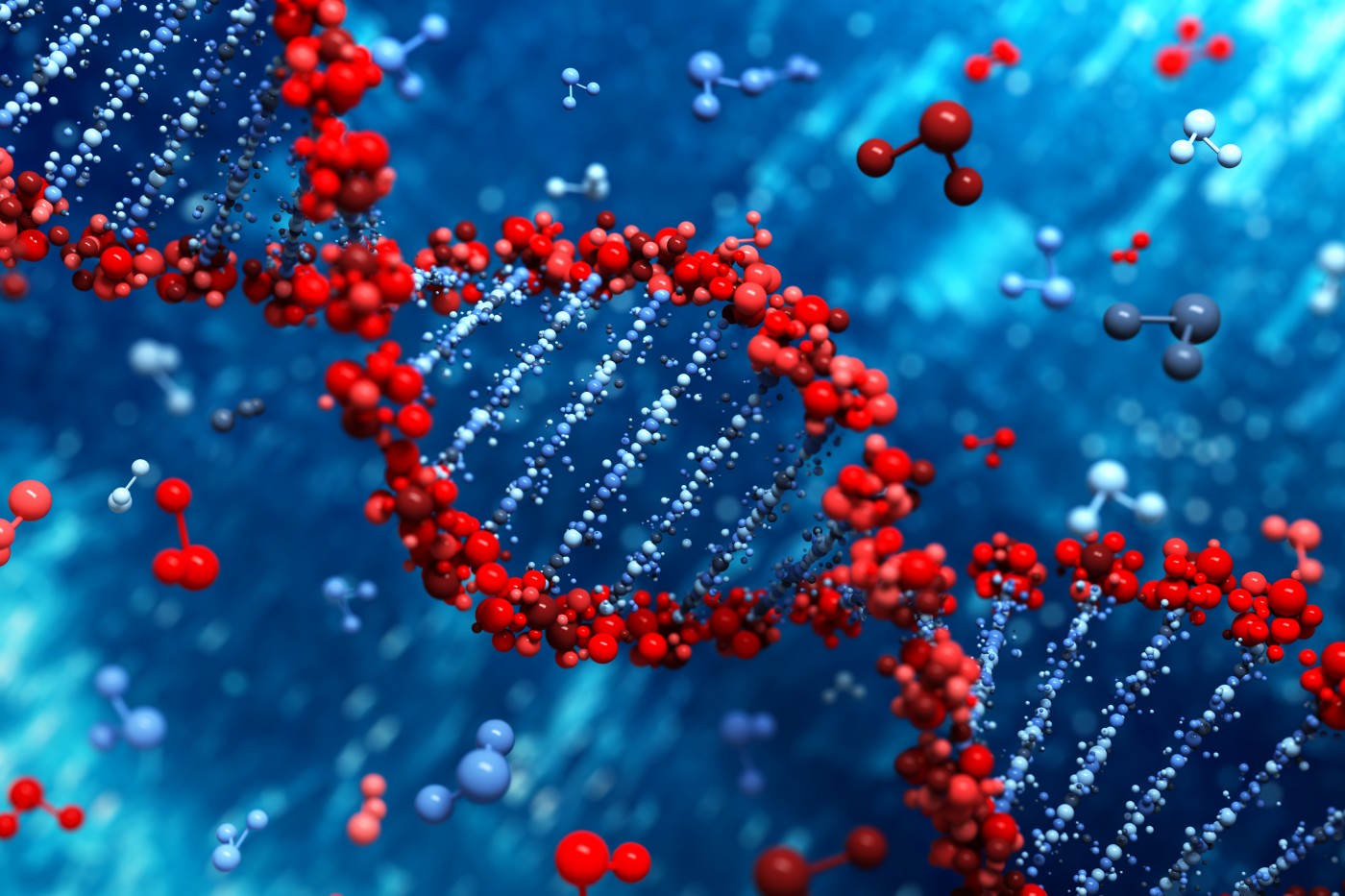Two Genes Team Up to Increase Risk of Multiple Sclerosis, Study Indicates

A person unlucky enough to have two specific gene variants is at significantly higher risk of developing multiple sclerosis (MS), according to a study.
The research, which gave scientists insight into the processes that cause MS, also suggested that another mutation increased the effects of a known MS risk gene.
The findings could lead to better tests for identifying those at risk of developing MS. This could help doctors monitor and provide early treatment to those affected, the researchers said.
The study, “Human Epistatic Interaction Controls IL7R Splicing and Increases Multiple Sclerosis Risk,” was published in the journal Cell.
“Our study identifies an interaction with a known MS risk gene to unlock a new MS candidate gene, and in doing so, opens up a novel mechanism that is associated with the risk of multiple sclerosis and other autoimmune diseases,” Simon Gregory, one of two co-senior authors of the study, said in a press release.
Gregory is director of Genomics and Epigenetics at the Duke Molecular Physiology Institute at Duke University Medical Center.
The research team had previously discovered that a mutation in the gene that codes for the IL7R interleukin-7 receptor, or IL7R, was associated with a higher risk of MS.
The immune factor IL-7 normally binds to the receptor, which is present on the surface of immune cells. A mutation triggers the formation of a more soluble version of the receptor, called sIL7R.
Since IL-7 is known to be involved in autoimmune processes, the research team figured that an increase in sIL7R — floating in the space between cells — would increase IL-7 signaling. It decided to look for genetic factors that might influence the production of sIL7R.
Using lab-grown cells, the research team discovered that a mutation in the DDX39B gene reduced the gene’s protein production. That reduction, in turn, led to an increase in the production of soluble IL7R in T-cells.
Next, the team analyzed genetic data from 4,088 MS cases and 7,444 controls. They confirmed that people who carried the previously identified mutation in the IL7R gene were at higher risk of developing MS. But those with alterations in both their IL7R and DDX39B genes were even more likely to develop MS.
Diagnosing MS can be a slow process. The team believes their findings can lead to better ways to identify people at risk of MS, and in diagnosing it.
The results also revealed how immune processes can go awry, leading to MS. That insight can advance research aimed at developing better therapies, the team said.
“We can use this information at hand to craft tests that could allow earlier and more accurate diagnoses of multiple sclerosis, and uncover new avenues to expand the therapeutic toolkit to fight MS, and perhaps other autoimmune disorders,” said Gaddiel Galarza-Muñoz, the study’s first author.
“One could envision how this type of knowledge will someday lead to diagnosing multiple sclerosis sooner and, now that we have promising therapies, a doctor could start the appropriate treatment more quickly,” said Dr. Mariano Garcia-Blanco, the study’s other co-senior author.
Garcia-Blanco, chair of the Department of Biochemistry and Molecular Biology at The University of Texas Medical School branch at Galveston, has a personal interest in advancing MS research. His daughter was diagnosed with MS when she was in her late 20s.
“I’m much more aware now of how the work we do in the lab could someday lead to something that can be used to help those who have to live with MS,” he said.






